Opis
The Ilhas Desertas islands are located about 25 kilometers southeast of Madeira and are known for their rugged, uninhabited landscapes. The archipelago consists of three islands: Ilhéu Chão, Deserta Grande, and Bugio. The islands are a designated nature reserve, home to a variety of seabirds and the endangered Mediterranean monk seal. And there is a research center for the rare Deserta Grande wolf spider. The islands offer great opportunities for birdwatching. Access to the islands is restricted, and a special permit is required to visit, so you need to book a guided tour.
It's an important place for five seabird species who breed in Madeira. It's the only European breeding area of petrel wyspowy, who breeds mainly at the south plateau of Bugio. Here we can also find important colonies of tajfunnik cienkodzioby, burzyk żółtodzioby and nawałnik białorzytny. Another seabird, that can be spotted is burzyk malutki. In all three islands also breed rybitwa rzeczna and mewa romańska, and some other Macaronesian endemic birds like jerzyk jednobarwny, swiergotek kanaryjski and kanarek.
Szczegóły
Dostęp
Since the Ilhas Desertas are a protected nature reserve, you need to book a guided tour. Several companies offer day trips from Madeira (see the links below). Most tours depart from the harbor in Funchal, Madeira. The journey to the islands typically takes about 2.5 hours by catamaran. During the trip, you might spot dolphins and whales and of course seabirds. Once you arrive, a guide will take you on a tour of Deserta Grande, the largest island.
Teren i siedlisko
MorzeWarunki
Górzysty , Skalisty , Bagienny , Możliwy wysoki poziom wodyTrasa dookoła
NieCzy luneta będzie przydatna ?
NieUdany sezon obserwacyjny
Przez cały rokPoziom trudności szlaku pieszego
ŁatwyDostępne
ŁódźCzatownia/platforma obserwacyjna
NieLinki
- Vmtmadeira.com/en/trips/desertas-islands
- Venturadomar.com
- Luxmadeira.com/tours/desertas-islands-trip
- Madeira-boat-trips.info/tours/ventura-desertas-islands
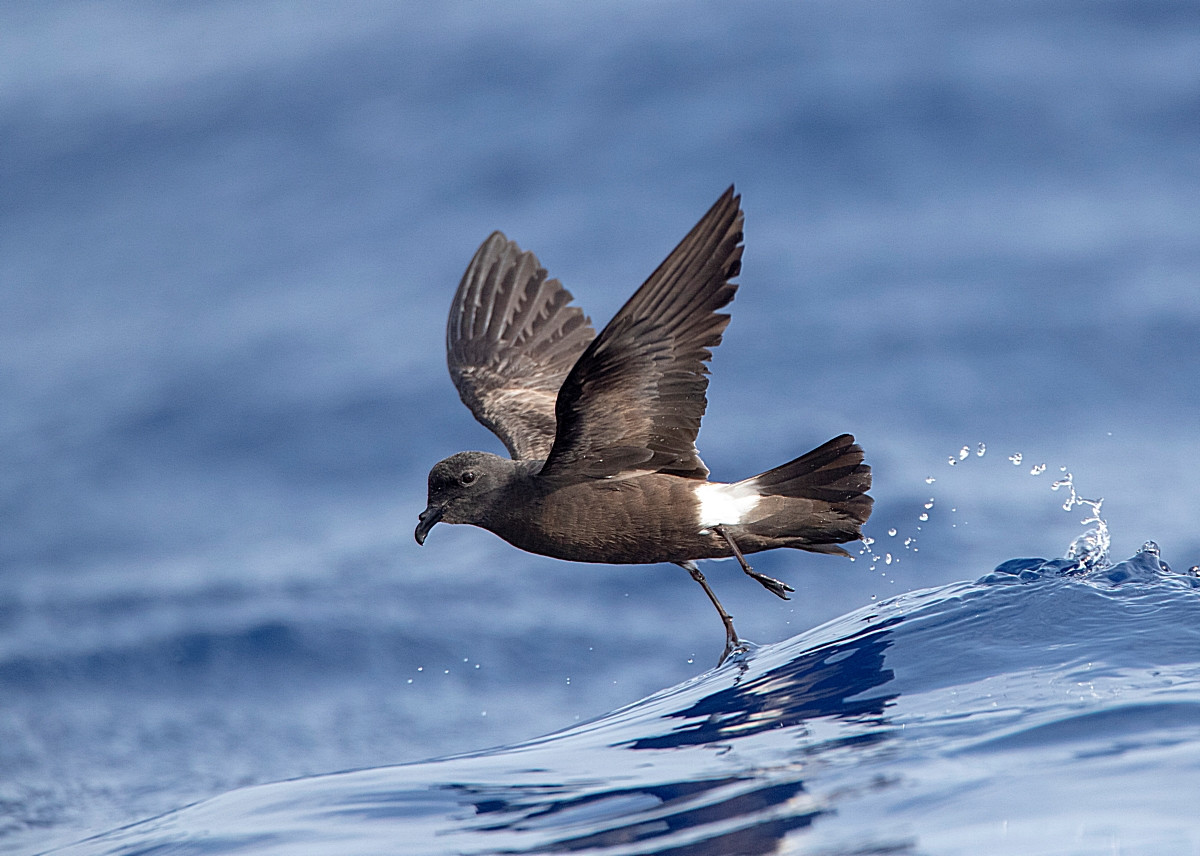
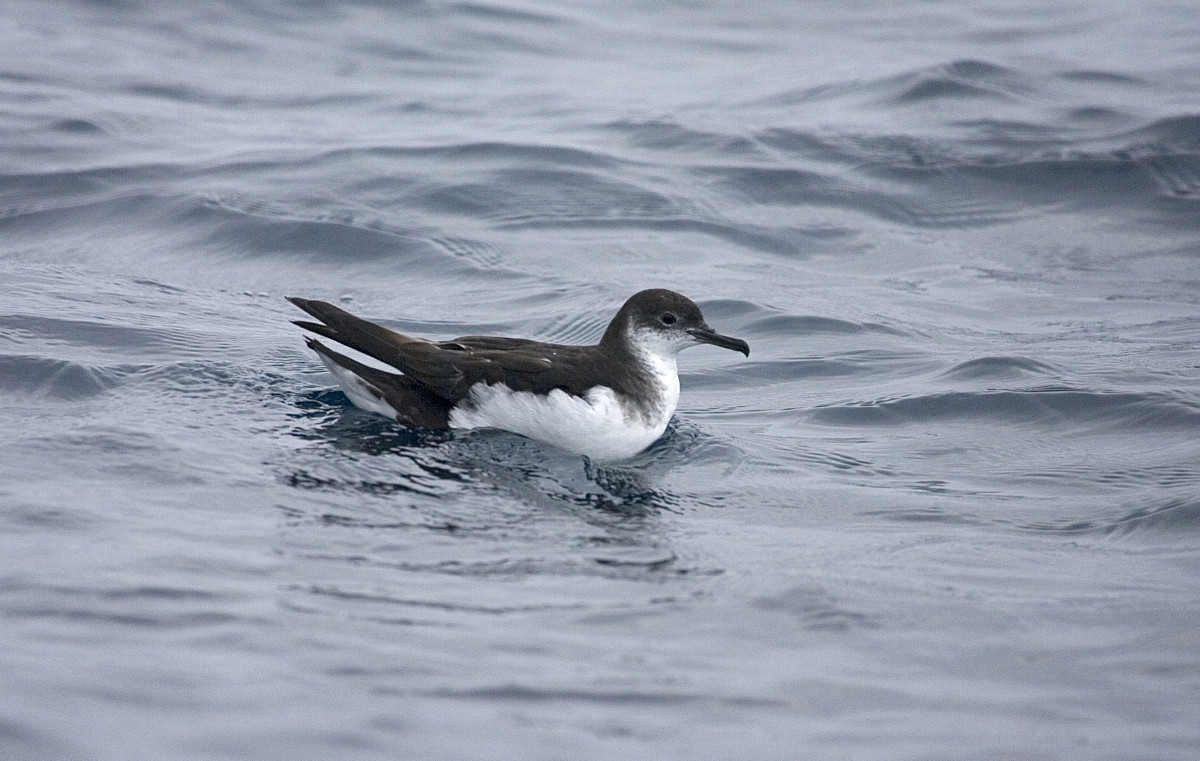
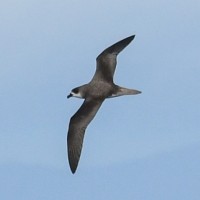

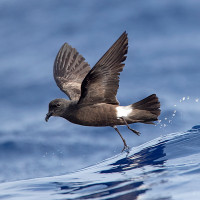
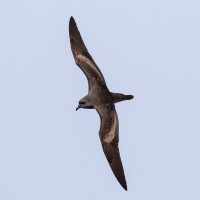
 Martijn Verdoes_MV_4129.jpg)